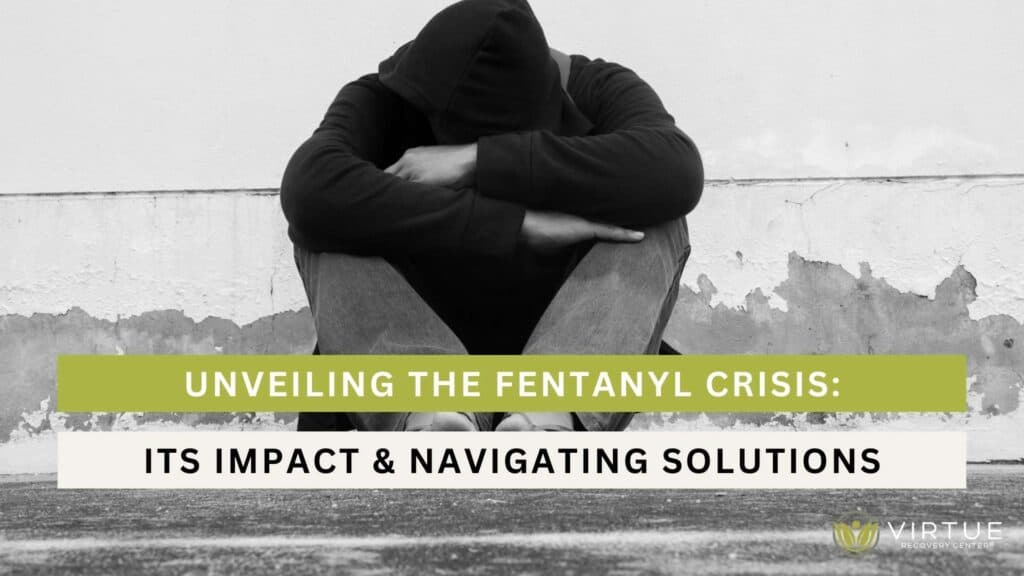Key Takeaways
- Fentanyl is a powerful synthetic opioid that is the primary cause of the rise in overdose deaths.
- The awareness and safety of the public are the most important things to be considered when it comes to the recognition of the dangers and legal status of fentanyl.
- The practical measures to the fentanyl crisis are community education, strict law enforcement, and available treatment options.
Introduction
In many places in the United States, the opioid epidemic has turned into a huge problem, and now fentanyl is the main reason for this public health crisis. Fentanyl, known for its high potency, has been the leading cause of a significant number of overdose deaths and is a real problem for both healthcare providers and law enforcement agencies. This article is about the fentanyl crisis, its impact on the communities, and the different ways to solve it.
What is Fentanyl?
Fentanyl is a synthetic opioid that was initially used for pain relief in cancer patients, and it is 50 to 100 times more potent than morphine. Its high potency is not only a dangerous drug but also a common adulterant in other street drugs, which is often unknown to the users, and this significantly increases the risk of overdose. Fentanyl’s medical use is tightly regulated, but the illegally made fentanyl has become a big problem, which is the cause of the crisis.
The Rise of the Fentanyl Crisis
The fentanyl crisis is growing as the drug is now more and more in the illegal drug market. The low production cost and high potency of this drug are the factors that make drug traffickers and users so interested in it, and at the same time, it is so dangerous. The latest statistics show a significant increase in fentanyl-related cases, with a sharp rise in the number of emergency room visits and overdose deaths that are directly related to its use.
How Fentanyl is Impacting Communities
Fentanyl’s effect is not limited to the health risks of an individual; it also affects the entire community. The economic burden consists of the rise in healthcare costs, the resources of the emergency response, and the productivity losses. Besides, the pressure on healthcare facilities to give acute care to overdose patients interrupts the services for other conditions, thus affecting the whole community’s health.
The Legal Landscape
Fentanyl is a Schedule II prescription drug in the United States under the Controlled Substances Act, which means that it is a drug with a high potential for abuse. Law enforcement agencies are finding it hard to fight illegal fentanyl distribution because of its strength and the fact that it can be easily mixed with other substances.
Prevention and Education Efforts
The key to prevention is public education. The campaigns that are intended to make people aware of the fentanyl dangers, the signs of overdose, and the significance of not using drugs alone are crucial. Besides education, the programs that make and supply naloxone—an opioid overdose reversal drug—available to the users can be life-saving.
Treatment and Recovery Options
Individuals who are addicted to fentanyl can get comprehensive treatment, which includes detoxification, medication-assisted treatment (MAT), counseling, and long-term support groups. These programs are created to give the whole care and support the way to recovery.
The Role of Community and Policy
The practical community reaction to the fentanyl crisis is a combination of both grassroots and policy advocacy. The policies that boost the drug monitoring programs, the ones that make the treatment more accessible, and the ones that support the harm reduction strategies are the key. Community support mechanisms are also essential in the prevention and recovery, as they create the necessary networks for the affected people.
Conclusion
The fentanyl crisis is a complicated and pressing problem that needs joint action from people, communities, and governments. Awareness and education, comprehensive treatment, and practical policy are the basis of the fight against this epidemic.
If you or someone you know is facing the problem of addiction, especially with fentanyl, it is vital to get help as soon as possible. Call Virtue Recovery Center at 866-461-3339 for help and to know more about the treatment options to help you recover and return to a healthy life.
Looking for additional information on fentanyl? Check out our article on what fentanyl test strips are.
FAQs
What makes fentanyl more dangerous than other opioids?
Its extreme potency increases the risk of overdose, even in small amounts.
How can individuals protect themselves from accidental fentanyl exposure?
Always avoid using drugs alone and have naloxone accessible if opioids are being used.
What should someone do if they suspect a fentanyl overdose?
Call 911 immediately, administer naloxone if available, and ensure the person has adequate air until help arrives.
How effective is naloxone in reversing a fentanyl overdose?
Naloxone is very effective in reversing opioid overdoses, including those from fentanyl, though multiple doses may be required.
Are there community support groups specifically for families affected by the fentanyl crisis?
Yes, many communities offer support groups for families affected by opioid addiction, providing a network of care and support.
Are You Covered For Treatment?
At Virtue Recovery Center, we understand the importance of accessible care. That’s why we’re in-network with numerous private insurance companies, ensuring that your journey to recovery is supported from the start. Let us help you quickly and easily verify your insurance coverage. Begin your path to healing today.
Resources
https://www.hhs.gov/opioids/index.html
https://www.texasattorneygeneral.gov/initiatives/opioid-crisis
https://www.dea.gov/resources/facts-about-fentanyl



























